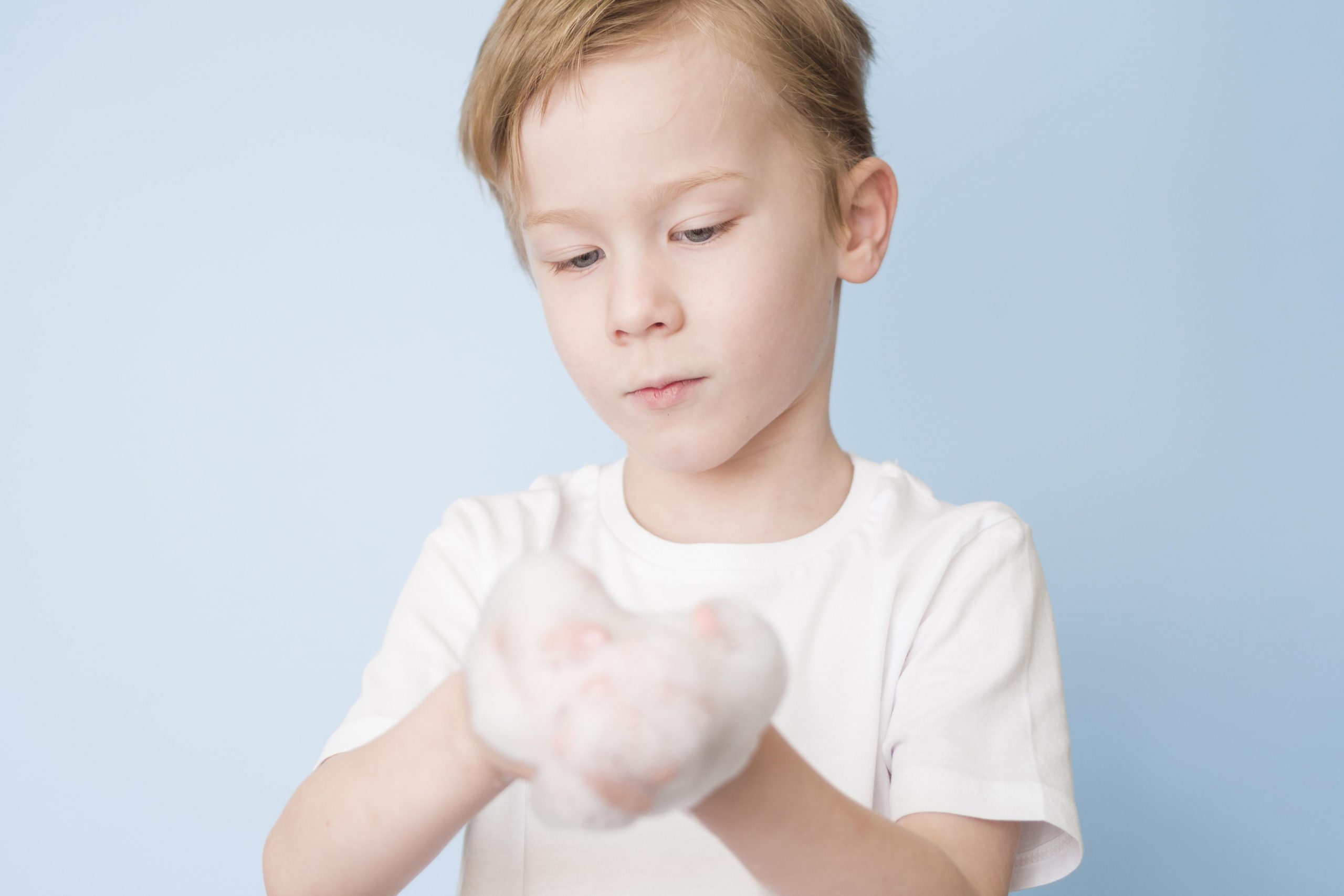
Many schools worldwide lacked access to basic handwashing, according to the latest data from the WHO/UNICEF Joint Monitoring Programme (JMP).
Findings revealed that 43 per cent of schools worldwide did not have access to basic handwashing with soap and water in 2019.
“Global school closures since the onset of the COVID-19 pandemic have presented an unprecedented challenge to children’s education and wellbeing,” said Henrietta Fore, UNICEF Executive Director. “We must prioritize children’s learning. This means making sure that schools are safe to reopen – including with access to hand hygiene, clean drinking water, and safe sanitation.”
Around 818 million children do not have basic handwashing facilities at their schools, which exposes them to high risk of COVID-19 and other transmittable diseases. Meanwhile, more than one-third of these children (295 million) come from sub-Saharan Africa.
In the least developed countries, 7 out of 10 schools have no basic handwashing facilities and half of the schools do not have basic sanitation and water services in place.
According to the report, governments seeking to manage the spread of the coronavirus must balance the need for public health measures and the social and economic impacts of lockdown policies. The report mentions the negative impacts of prolonged school closures on children’s safety, wellbeing and learning.
“Access to water, sanitation, and hygiene services is essential for effective infection prevention and control in all settings, including schools," said Dr Tedros Adhanom Ghebreyesus, WHO Director-General. "It must be a major focus of government strategies for the safe reopening and operation of schools during the ongoing COVID-19 global pandemic.”
Results showed that 355 out of 818 million children who lacked a basic handwashing service at their school went to campuses which had facilities with water but no soap and 462 million to campuses which had no facilities or water a student can use for handwashing.
CDC guidelines
According to the Centers for Disease Control and Prevention (CDC), handwashing can keep one healthy "and prevent the spread of respiratory and diarrheal infections from one person to the next."
The CDC mentions the key times to wash hands:
- Before, during, and after preparing food
- Before eating food
- Before and after caring for someone at home who is sick with vomiting or diarrhea
- Before and after treating a cut or wound
- After using the toilet
- After changing diapers or cleaning up a child who has used the toilet
- After blowing your nose, coughing, or sneezing
- After touching an animal, animal feed, or animal waste
- After handling pet food or pet treats
- After touching garbage
Handwashing is important especially for children because they are vulnerable to Covid-19.
More than 97,000 children in the US tested positive for coronavirus in the last two weeks of July, according to a report from the American Academy of Pediatrics and the Children’s Hospital Association.
Data revealed a 40% increase in child cases across the states and cities that were investigated. The age range for children who tested positive for coronavirus differed by state. Some reported only those up to age 14 while Alabama pushed the limit to 24.
The report’s findings come during the reopening of schools and while health authorities are still determining the effects of the coronavirus on children and the role young people play in spreading the infection. Some schools have started physical classes and others have had to roll back their reopening plans in response to increasing Covid-19 cases.






